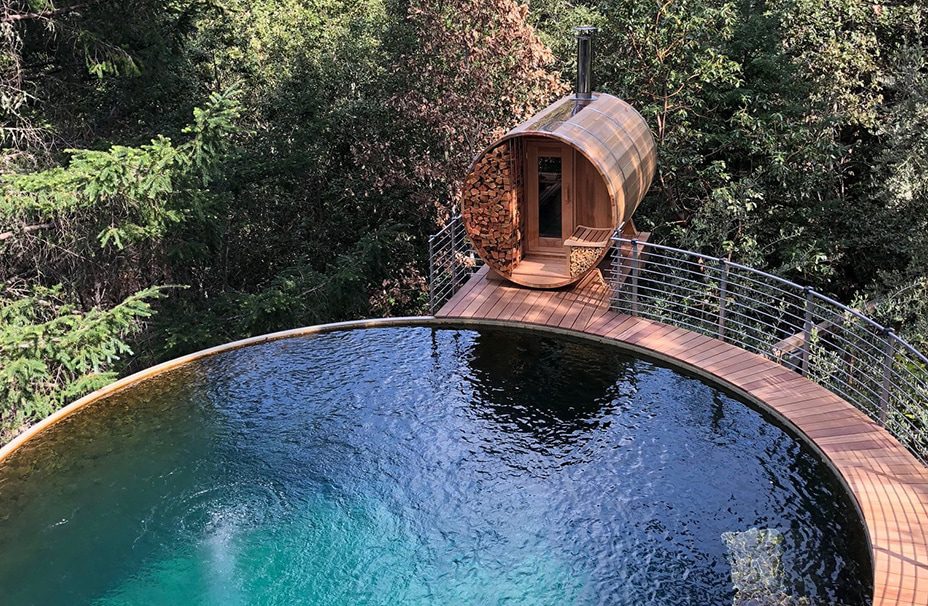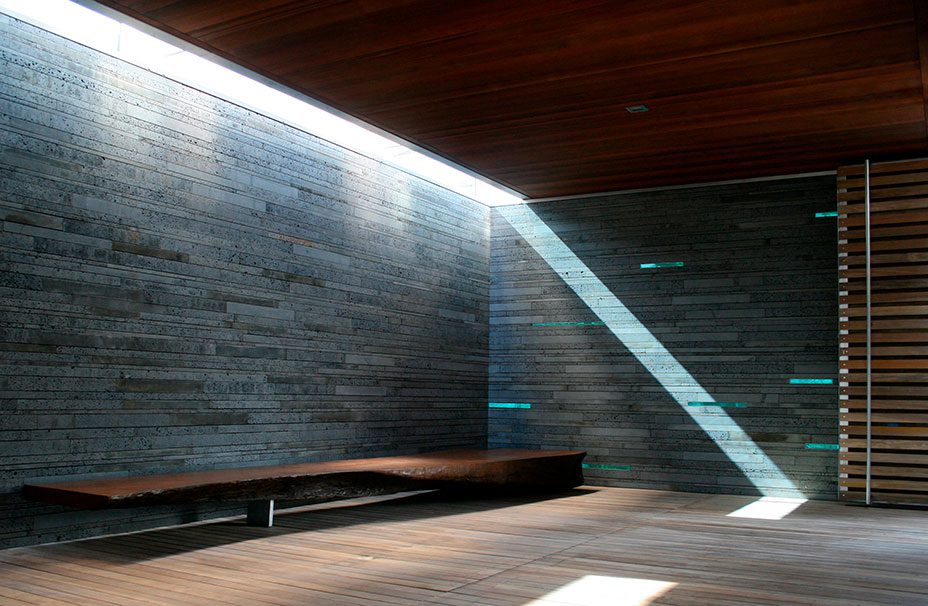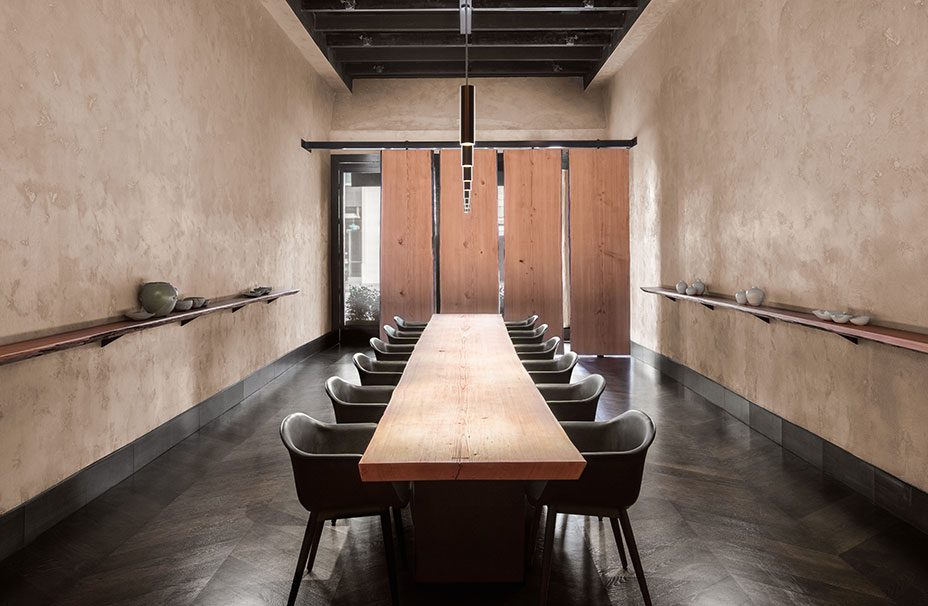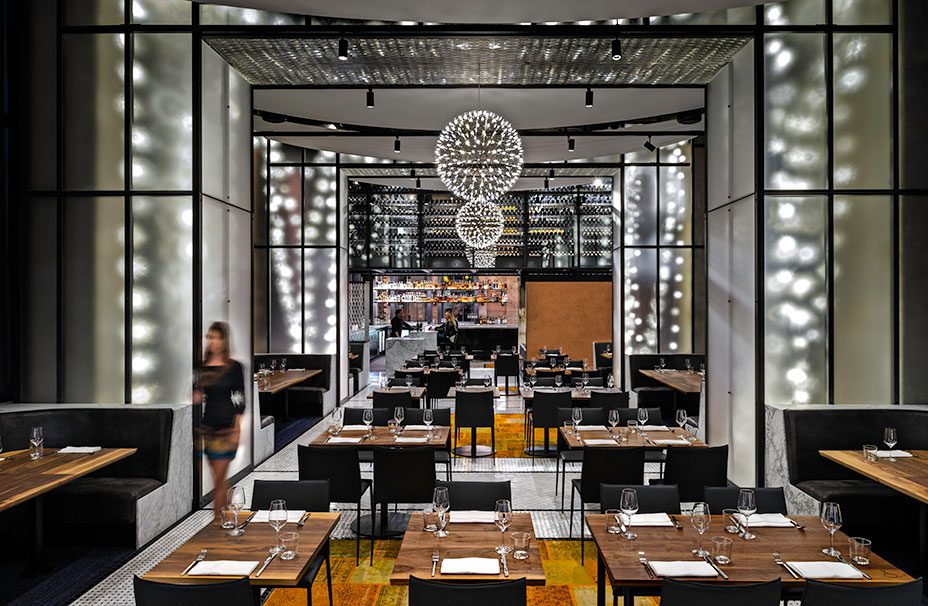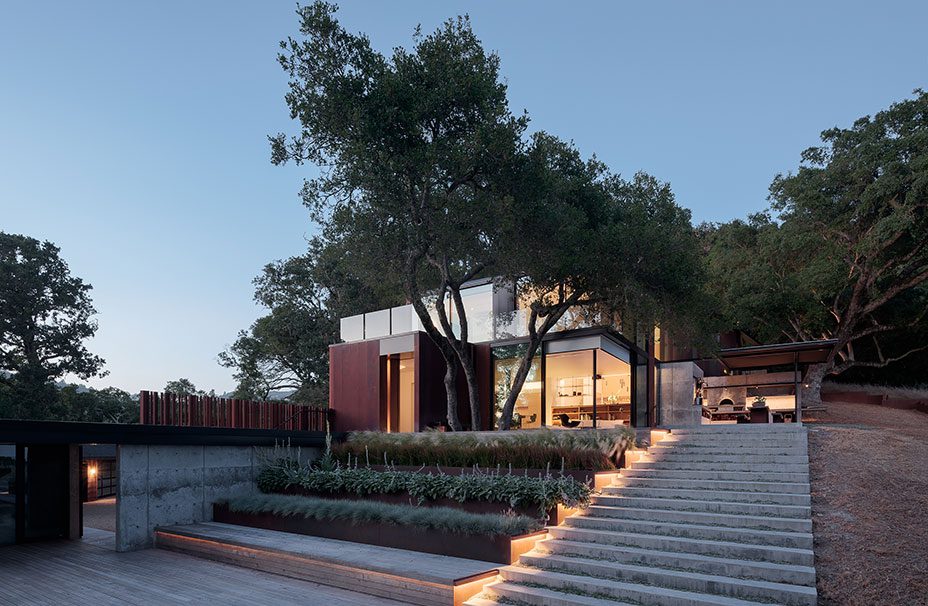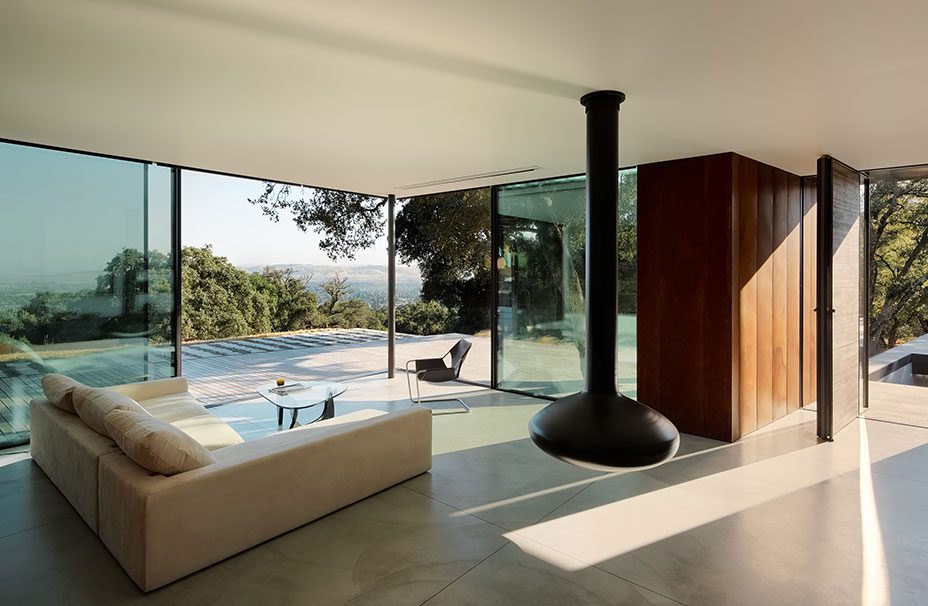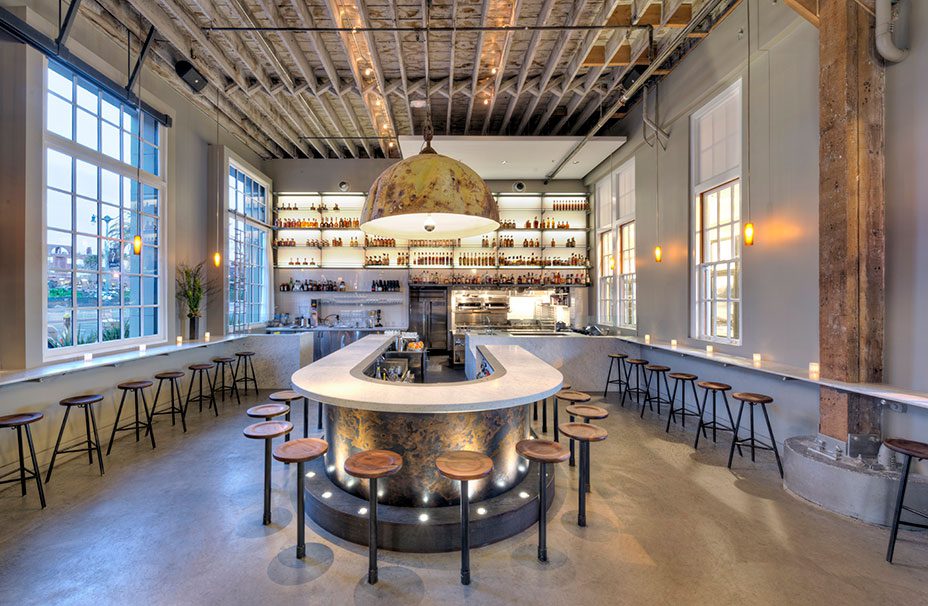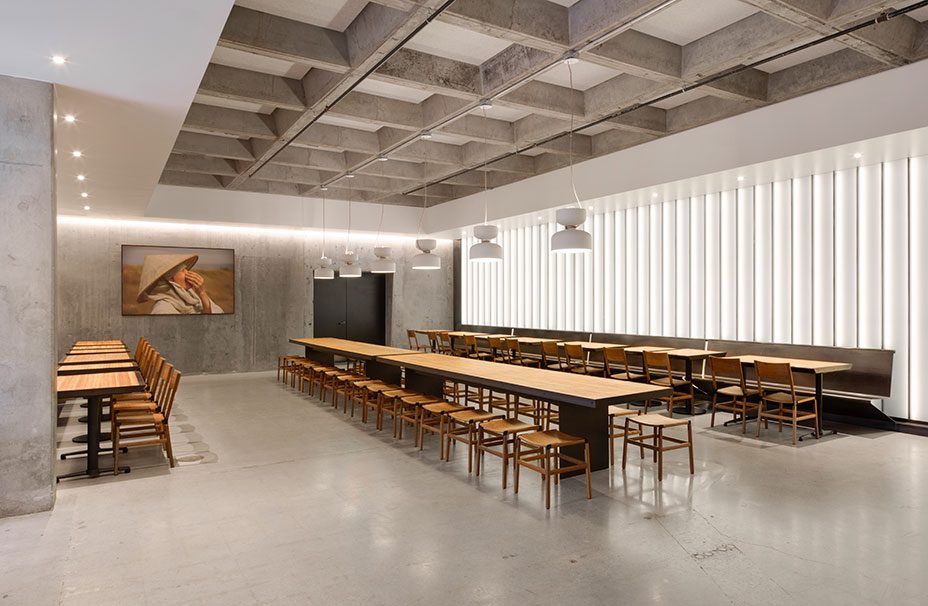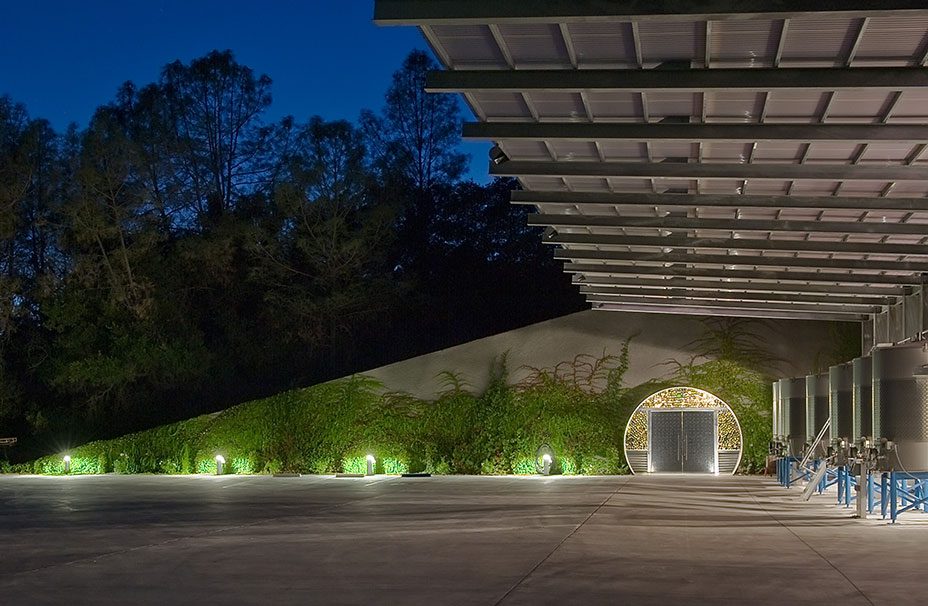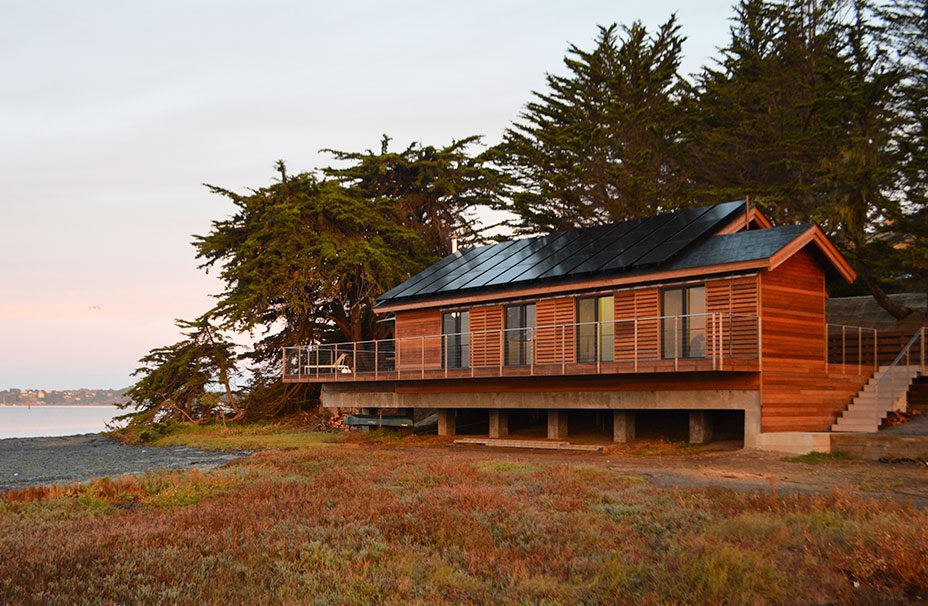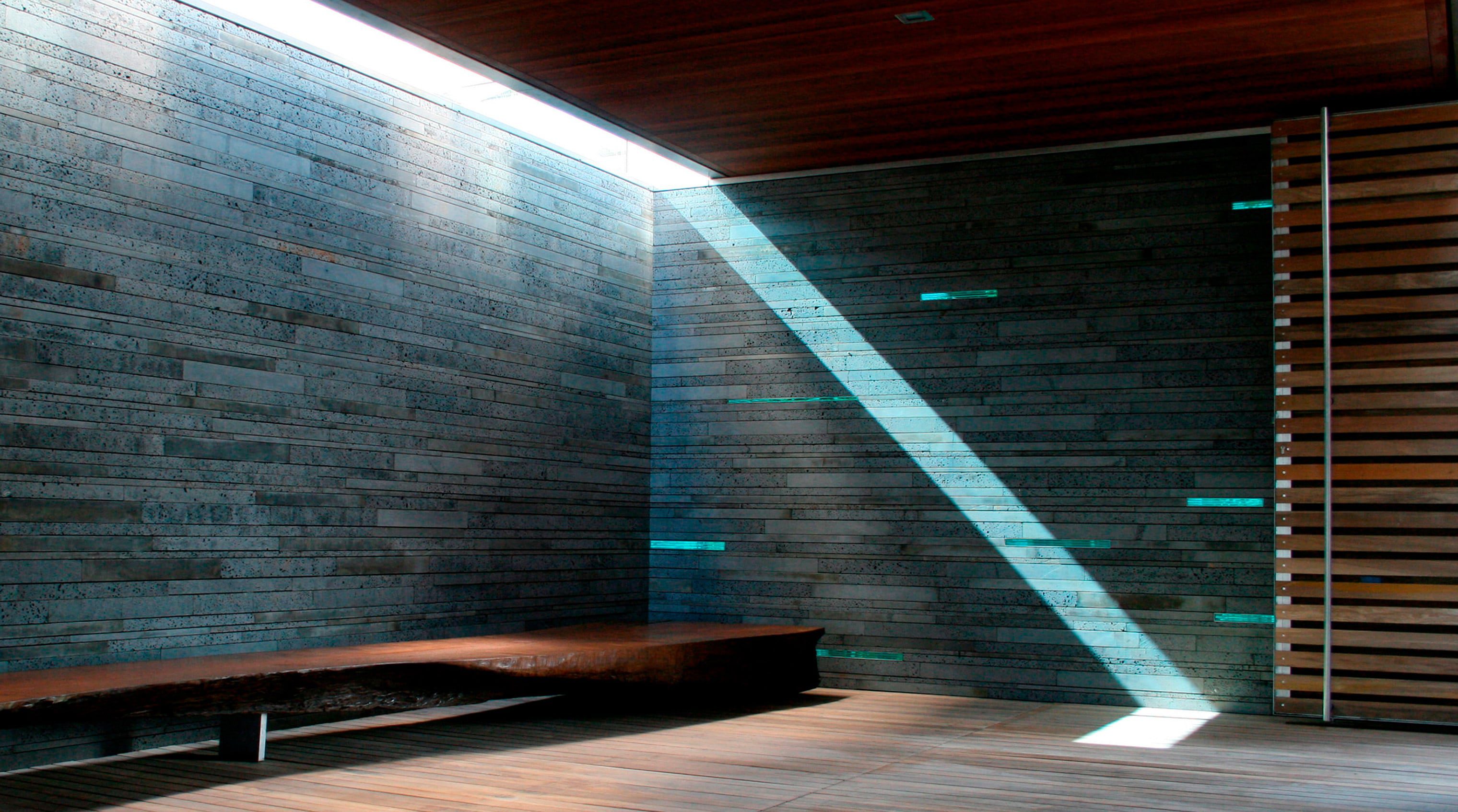Olle Lundberg is the principle at Lundberg Design, located in San Francisco’s Dogpatch neighborhood in an old mattress factory built in 1933. The architecture firm’s basic philosophy for environmental sustainability is thinking long term: to design singular places that last. It’s their ultimate mission to produce beautiful buildings that the user and subsequent generations of users will love.
We sat down with Olle to discuss how Lundberg Design was formed, what he believes the future of architecture looks like and how being environmentally responsible is the fundamental driver in each and every one of his projects.
Can you tell us how Lundberg Design was conceived?
I started LD in 1987. I’d worked in SF for Marquis Associates, and after 4 years there I went back East to build a house I’d designed for my sister. That took two years, and after working for myself for that long I pretty much became unemployable, so I returned to SF and started my own firm. I’d always enjoyed the act of building, so I incorporated a fabrication studio into the practice from the very beginning. In those early days I probably made more money building furniture than I did in architecture.
How does environmental sustainability factor into your projects?
It has always been at the core of the practice. We feel that as architects we have a responsibility to lead the way in being environmentally responsible. But we also stress that you have to build beautiful, practical buildings that people love. No matter how green a building, if people don’t respect it and end up tearing it down then all those materials and effort are a waste. We try to design buildings that are net-zero energy users and that will last for generations.
What would you consider to be the biggest change(s) in the field of architecture since you opened your studio?
How we document buildings. When I started my practice it was just at the beginning of CAD. The first few projects I drew by hand, but soon I’d bought a Macintosh and we completely embraced computer drafting. Now we draw everything with REVIT. We have to, Autodesk is a client. I think Gensler was the first firm to use the program and we were the second. And I think virtual reality is going to be the next service that architects are going to have to regularly offer. We are actually already doing it, but it is expensive and somewhat crude, but that will change.
Can you describe your process when approaching a new project?
Ideally, I first meet the client to discuss the program, and then I visit the site. I am a big believer in the power of my initial reaction to the site. So my gut feeling about the project’s potential often comes to me very quickly; often as a result of that first site visit. Sometimes we have to show options, sometimes the first diagram doesn’t work, but more often than not we end up building that first idea. And the key to that is having the confidence to trust it.
How do you predict architecture and design will evolve over the next couple of decades?
On a large scale I think you will see more and more large construction companies establish in-house architecture practices. It lets them control cost and schedule, and that will be compelling to many client types, developers and institutional clients especially. I think the big firms that can’t complete for civic projects will end up disappearing or getting swallowed up. The small firms will still exist, doing buildings that I hope will still be grounded in a sense of place. But we are already seeing a homogenization of architectural design around the world, and I fear that is only going to become more prevalent.
If you were to give your younger self advice in regards to a career in design, what would it be?
Do very personal work – personal to both your client and to you. Respect your client’s money as though it was yours. Strive to have your building evoke the spirit of the place that it occupies. Respect Mother Earth, the plot of land, the environment; try to be as gentle as you can. Enjoy and respect the people you work with; if you don’t, move on. Search for adventurous, smart clients – there is no substitute! Finally, make beauty.
